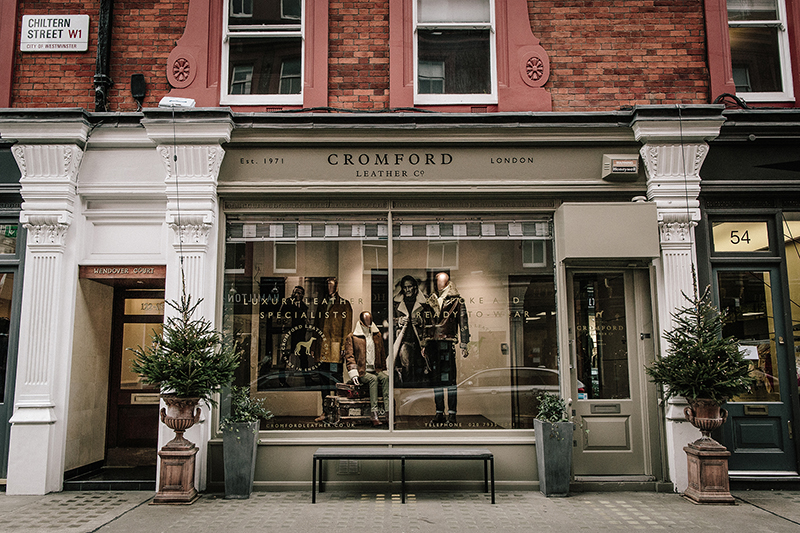We invariably have people asking us – as a self professed leather specialist – how they should be cleaning their leather belongings. Don’t get me wrong, I would love to be able to help, and can give you a standardised response of what we do with ours, but admittedly this is not my area. There are without doubt dry-cleaning wizards out there with far greater mastery of leather cleaning than I, let’s put it that way.
So what are we getting at with our promise of leather specialism? What we mean is we possess an in depth, specialist knowledge of animal skins, the processes that affect them, and what will make a garment of exceptional quality.
The formation of beautiful skin begins in incubation; even how well the mother animal is grazed while the foetus is in utero will influence the end product. Of course, all skins used for any kind of leather purpose are a by-product of the meat industry, and so the animal’s breeding is not focused on the outcome of the hide. However, the quality of the skin is also directly related to the breed of animal and its environment; for example if the animal lives in conditions where it is grazed well and allowed to roam freely in wide open fields, away from barbed wire fencing and other factors that may scratch the skin; the quality will be superior. The quality of the leather is determined mainly by the condition of the skin’s surface, as a rule the cleaner the surface the more the natural look can be preserved.
Leather Specialist – Cromford Leather
Attention to quality in the choice of raw materials is the most important factor in ensuring a high quality end product, but this combined with the most advanced tanning techniques is how the best quality leather and suede is produced. Aniline leather is considered to be (and is certainly in our opinion) the best. This is where skins have been dyed in a vat process with no colour coating added to the surface; this produces the softest, most luxurious, natural leather. Semi aniline is the next highest quality; the process is very similar except the leather has been dyed through with colour and then a very thin finishing layer later applied. This offers the softness of full aniline but with a rich colour and slightly more protection.
This is really only the tip of the iceberg; books could be written about the factors that influence the quality of leather – suede and sheepskin with full chapters of their own, and furthermore what leather is most suitable for the intended garment and design…I’m not going to bore on about all of this now because this is not my dissertation (thank God), but what I’m trying to get at is this: you are in very good hands when you come to us for guidance in commissioning bespoke, made to measure, or buying off the peg leather (just not cleaning it).

